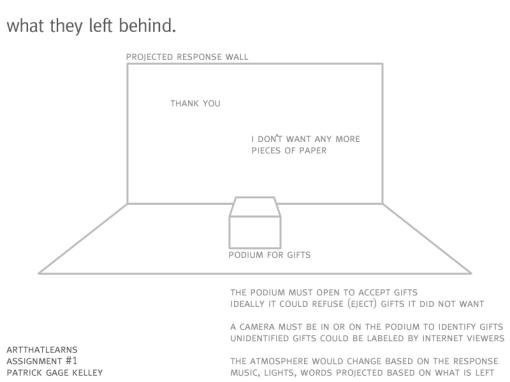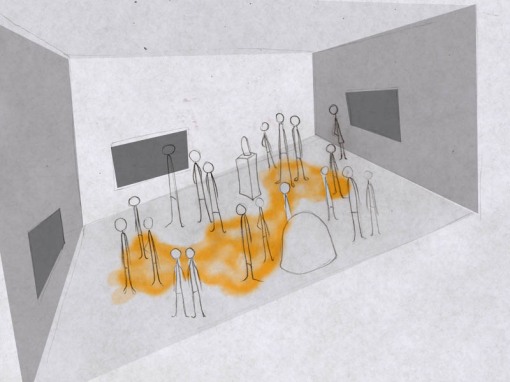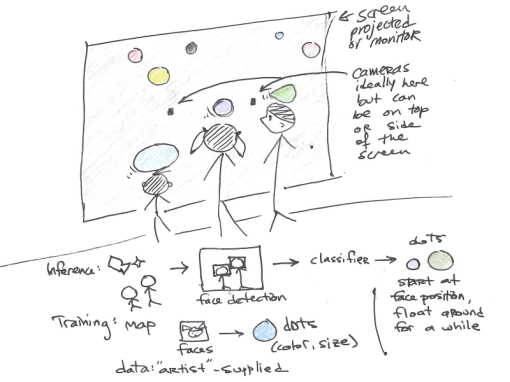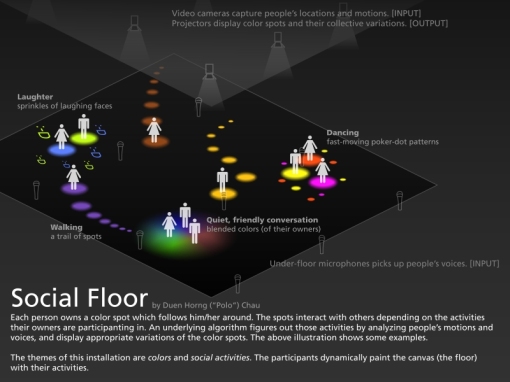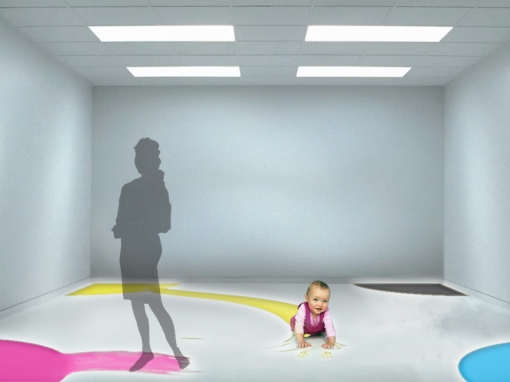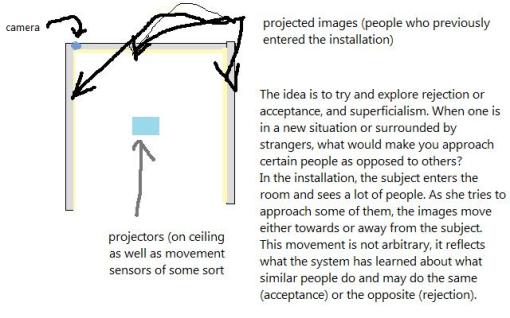This is a project inspired by the thousands of photo booths seen at arcades and malls across the country. It is an installation that explores the fun of self-portraiture and the nostalgic value photostrips have as an artifact of time + place. This project however forces its users to invent an experience. Users must walk up to the camera, then smile large enough before a picture can be taken. A photo “receipt” is printed for people to rip and take home. The artistic value of this installation lies in the fact that people are challenged to produce absurdly large smiles before an artifact is created. The machine learns by observing the facial expression of its user and then acts, stores, and prints something in return.
This project has many possibilities for expansion and further exploration so please comment!


